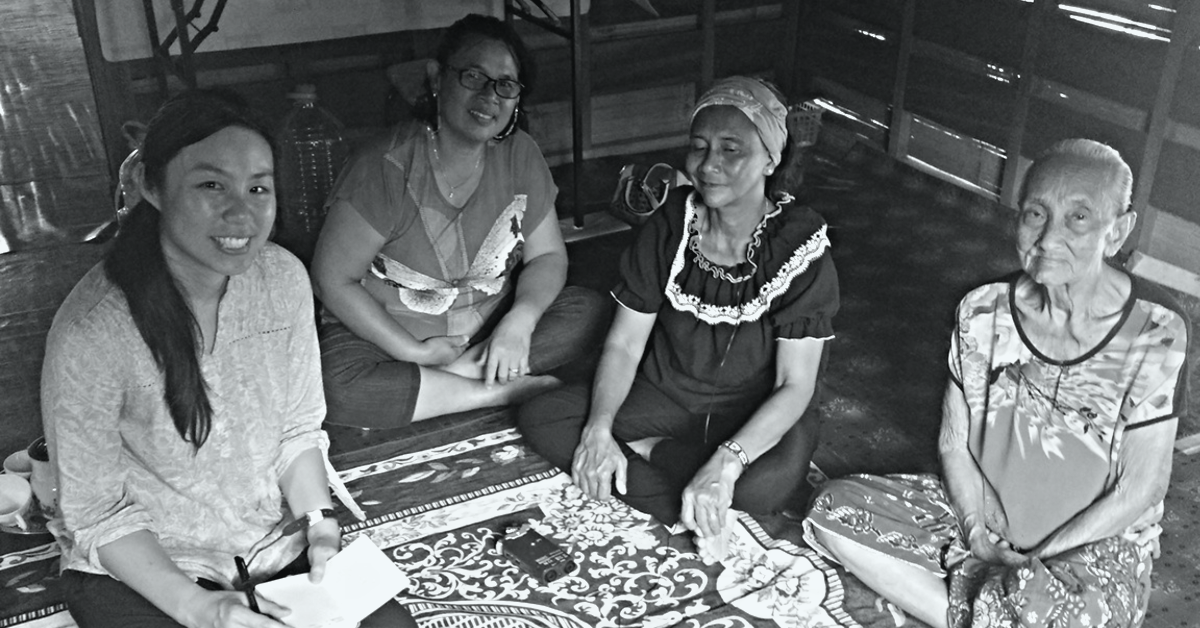Ashleigh Surma & Christina L. Truong
Chapter in The Languages and Linguistics of Indigenous North America: A Comprehensive Guide, Vol. 2 (The World’s Languages), edited by Carmen Dagostino, Marianne Mithun, and Keren Rice. Berlin; Boston: De Gruyter Mouton.
Publisher link to chapter
In this chapter, we discuss several types of digital tools commonly employed in language revitalization and highlight specific examples of how such tools have been utilized in and adapted to Indigenous North American contexts. We review examples of digital tools for language revitalization in four categories and discuss how each can be leveraged to meet common needs in language revitalization work. These categories are: learning apps, dictionaries and reference materials, geo-mapping and place names, and interactive online spaces, including interactive storytelling and video games/gaming. While these tools are not a panacea for the multifaceted challenges of language revitalization, when employed thoughtfully, digital tools can bring flexibility and dynamism in support of language revitalization.



